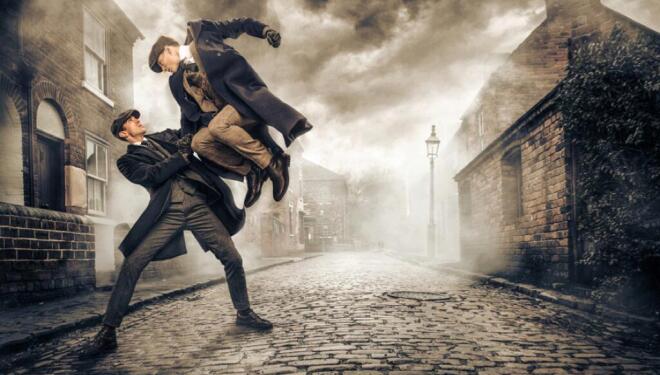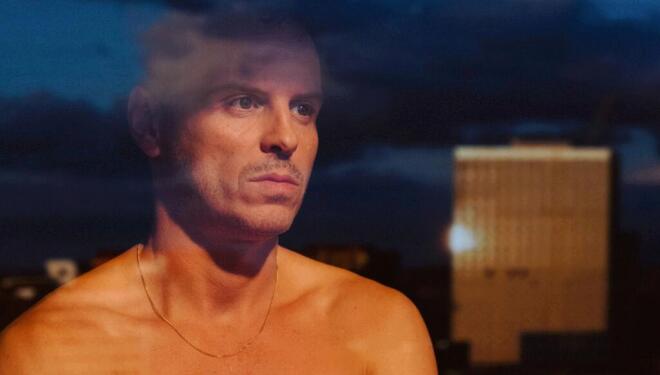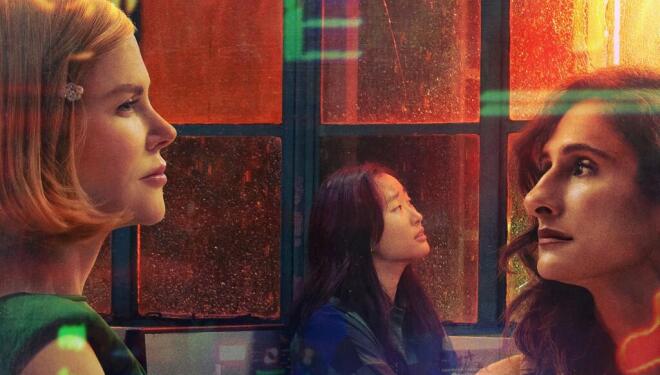The making of Rise: an interview with Cedric Klapisch and Hofesh Shechter
French director Cedric Klapisch and contemporary dance choreographer Hofesh Shechter talk to Eleonore Dresch about making a movie together.

It follows the story of a prima ballerina, Elise, (played by the stunning Marion Barbeau, a principal ballerina at the Paris Opera in real life) who has an accident on stage and is told that she might not be able to dance again. An encounter with choreographer Hofesh Shechter (who plays himself) and his contemporary dance company opens new horizons and leads to self-discovery.

Photo: © Emmanuelle Jacobson-Roques
The movie is both delightful and easy to engage with. It attracted a large interest in France, well beyond the traditional dance niche audience.
Klapisch’s unique way of combining choreographed scenes with traditional movie storytelling, an inspiring cast that includes both comedians and dancers, and close collaboration with Shechter play a great part in the success of the film.
I meet up with Cedric Klapisch and Hofesh Shechter during a screening presentation at the London Ciné Lumière in December to discuss how they came to make a movie together and managed to achieve such a lovely outcome.
'It's a very old desire to make a movie about dance,’ says Klapisch. ‘I discovered Cedric’s work many years ago,' adds Shechter. ‘I really loved the simplicity and the human aspect of his movies.’
They met by chance during a performance in Paris and discovered that they had a strong professional chemistry.
‘There was a certain level of jealousy from Cedric of the dance world, of how dance is made, the lack of words, the getting to feel things and to sense things through movement and chemistry,' says Shechter. 'On [my] side, I was fascinated by creating energy and emotions through the plot. So it felt that we wanted to dive into each other’s world and this is what happened. It was very harmonious. Harmonious jealousy.’
Klapisch agrees: ‘the emotion that dance can create is really not the same as the emotion that actors can bring. It’s like music. Music can make you cry but you don’t know why you are crying because it's not intellectual, it's not for a reason, it's just something sensitive that happens to you. It's the same with dance, it's mysterious. And it was really the combinations of the two emotions that we were interested in.’
The combination of dance and acting is reflected in the cast, which is weighted towards dancers. Most notable is Marion Barbeau, luminous in her performance of Elise.

Marion Barbeau and Mehdi Baki, En Corps
‘I realised when I auditioned dancers that they were able to act,' says Klapisch. ‘It was just a click in their mind to use words, although they hadn’t trained before. It was surprising how good actors they were.'
'I think that there is a transferable skill from dance into acting that maybe doesn’t work the other way around,' adds Shechter. ‘That transferable skill is getting into a character. Dancers are used to doing it but they are just not used to involving words with it.
'Also when you dance you are in a different state of mind. If you are in a good place and you are in a flow, you are not really thinking, whereas when you have to use words you have to activate another side of the brain. So I think dancers had to go through this.’
Perhaps the best connection between dance and acting happens in one of the movie’s most poetic scenes, where dancers gather by the sea. It is a cold windy day and many of them are wearing ear pods. They naturally break into dance movements and start performing one of their choreographed pieces. There is something exhilarating about the scene: the sensuous interaction and joyful movement tell of youth and freedom, and make you feel that energy within your own body.
This film was made during lockdown when many of us got hooked on our Instagram feeds and the daily lives of dancers performing from their tiny flats, getting together via Zoom. In the movie and in reality, dance is the opposite of digital. It is obviously physical and it’s about being together. And I wonder if it made dance more urgent than ever.
'I feel there is a constant continuous awakening to dance, all the time, to the existence of dance,' says Shechter. 'People are discovering dance all the time. It is very ancient, it is very powerful, it is the body, it is a lot about freedom.'
'Covid brought two things,' Klapisch adds, 'the fact that we weren’t allowed to be together, and that we were stuck. Dance was an answer to both things, to dance together, be together, and an act of freedom. You free yourself when you move and you fight against the jail that Covid created.'
_______________________
Rise can currently be seen in London at Ciné Lumière.



